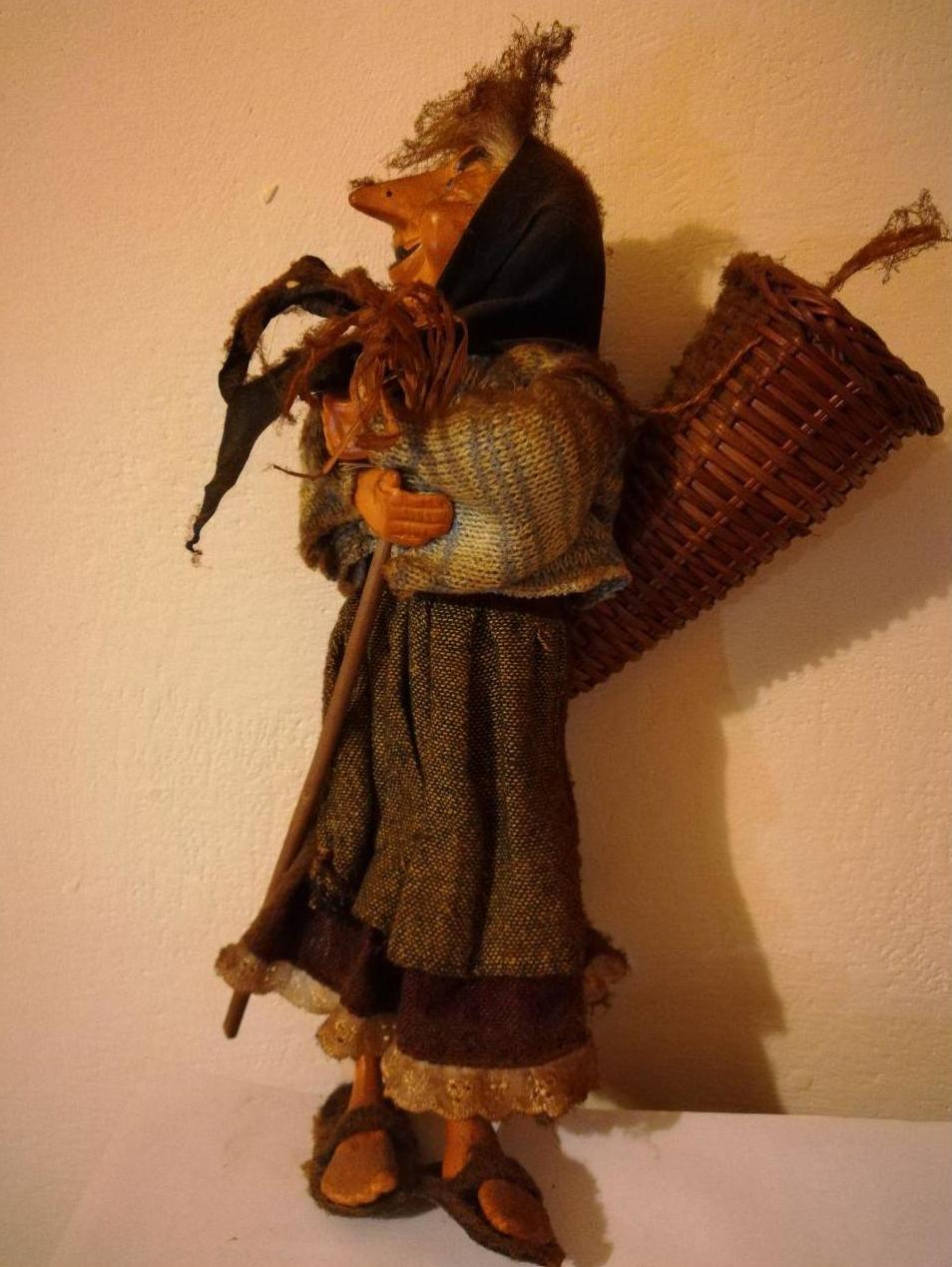|
Folklore Of Italy
Folklore of Italy refers to the folklore and urban legends of Italy. Within the Italian territory, various peoples have followed one another over time, each of which has left its mark on current culture. Some tales also come from Christianization, especially those concerning demons, which are sometimes recognized by Christian demonology. Folklore also includes folk music, folk dance and folk heroes. Figures and legends of Italian folklore Below is a list of the folklore figures who have animated Italian folk tales since ancient Rome. Traditional characters * In Italian folklore, the '' Befana'' is an old woman who delivers gifts to children throughout Italy on Epiphany Eve (the night of January 5) in a similar way to Santa Claus or the Three Magi Kings. A popular belief is that her name derives from the Feast of Epiphany ( it, Festa dell'Epifania). * ''Santa Lucia'' is a holy woman who delivers gifts to children of Bergamo and province on 13 December, again like ... [...More Info...] [...Related Items...] OR: [Wikipedia] [Google] [Baidu] |
